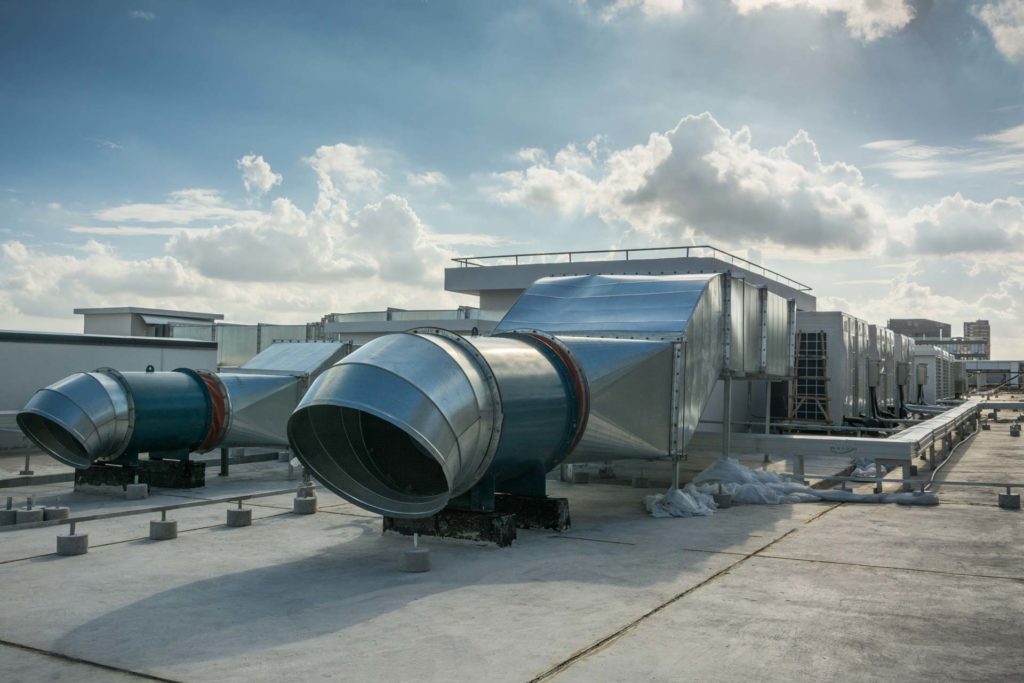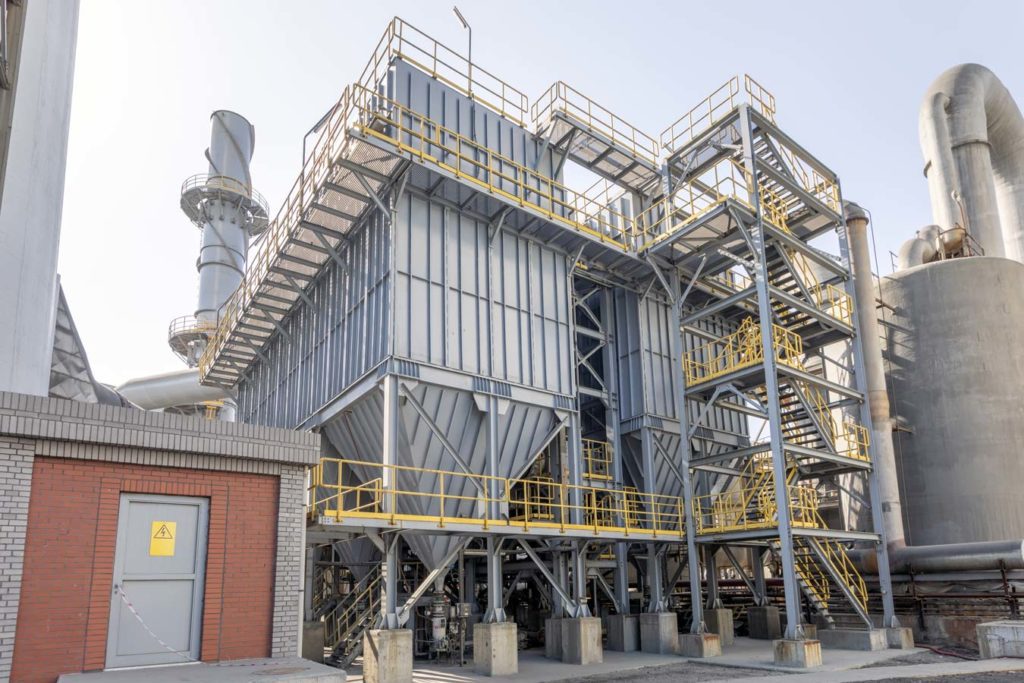originally published August 2022 – updated July 2025
Industrial dust collection is essential in industries like agriculture, food processing, chemical processing, metal fabrication, and woodworking. If your facility produces high volumes of industrial dust, better air quality is critical for protecting your business and ensuring regulatory compliance.
Industrial dust may contain harmful chemical or metal particles that could be inhaled, touched, or ingested. Therefore, airlock rotary valves are a beneficial addition to dust collection systems. These valves can handle high dust volumes while maintaining pressure and promoting a safer, more efficient workplace.
Read on to explore the key benefits of airlock rotary valves and see how they can enhance various dust collection systems.
What Is a Rotary Airlock Valve?
Rotary airlock valves — sometimes called rotary valves or rotary feeders — are crucial in material handling systems.
They prevent air loss while removing solid particulates and materials from bins, hoppers, and receivers by moving them into a pressure-driven or vacuum-driven pneumatic conveying system.
A rotary airlock valve is essential in any industrial dust collection system. It keeps combustible or toxic particulates out of the workplace’s air supply, supports OSHA compliance, and protects equipment integrity.
Top Benefits of Airlock Rotary Valves for Dust Collectors
Rotary airlock valves provide several key benefits that enhance dust collection system performance and efficiency. These benefits help businesses streamline operations, maintain air quality, and comply with industry regulations.
Below, we break down the most impactful advantages of incorporating rotary airlock valves into your dust collection system.
1. Increased Efficiency in Dust Collection Systems
By ensuring a steady material flow and minimizing air loss, rotary airlock valves significantly improve the efficiency of dust collection systems. This leads to fewer operational disruptions and a more reliable workflow by:
- Ensuring consistent airflow and material handling
- Reducing operational interruptions caused by dust buildup
- Improving overall system performance and reliability
2. Automated Hopper Emptying
Manual dust collection management can be time-consuming and inefficient. Rotary airlock valves automate the hopper emptying process, ensuring smoother operation and fewer clogs or overflow issues. Automated emptying:
- Eliminates manual labor, increasing worker efficiency
- Prevents system overloads and unexpected shutdowns
- Reduces dust accumulation, keeping collection systems functioning properly
3. Minimized Pressure Loss for Improved Performance
Maintaining stable pressure throughout a dust collection system is essential for efficiency. Rotary airlock valves regulate airflow and pressure, ensuring consistent operation even in high-dust environments. Minimized pressure loss:
- Maintains stable airflow between system components
- Reduces inefficiencies caused by pressure imbalances
- Supports high-volume dust collection environments
4. Enhanced Material Handling Flexibility
Not all dust collection needs are the same, and rotary airlock valves are built to accommodate a variety of materials and particulate sizes. Custom rotary airlock valves ensure smooth operation in multiple industrial applications. Benefits include:
- Adaptability to different material sizes and types
- Support for efficient transport of bulk solids and fine particulates
- Bespoke rotor designs that enhance system effectiveness
5. Customizable Material Construction for Durability
Rotary airlock valves come in different material options, such as cast iron and stainless steel, allowing businesses to choose the best fit for their dust collection environment. This helps extend the lifespan of the system and reduces maintenance costs by:
- Increasing resistance to wear and tear in industrial settings
- Reducing maintenance frequency and associated costs
- Providing longevity for high-performance dust collection systems
6. Adjustable Valve Speed for Versatile Applications
Many industries experience fluctuating dust levels depending on production demands. Rotary airlock valves with adjustable speed settings allow operators to fine-tune airflow for optimal efficiency, which enables operators to:
- Adapt to varying dust collection needs in real-time
- Prevent inefficient operation due to overuse or underuse
- Optimize system performance for specific applications
7. Reduced Air Leakage with Advanced Sealing Mechanisms
One of the biggest concerns in dust collection is leakage. Rotary airlock valves with precision sealing mechanisms help keep dust contained and prevent airborne contamination. These advanced seals:
- Prevent hazardous dust from escaping into work areas
- Maintain better air quality for employees
- Improve overall safety by reducing airborne contaminants
8. Compliance with Environmental and Workplace Safety Regulations
Strict environmental and workplace safety regulations require businesses to control dust emissions effectively. Rotary airlock valves help facilities meet regulatory standards while maintaining a safe and efficient work environment through:
- Better compliance with industry air quality standards
- Reduced risk of regulatory fines or penalties
- Enhanced overall workplace safety and health
Trust Baghouse America for Your Rotary Airlock Valve Solutions
Rotary airlock valves are a critical component in maintaining efficient, high-performance dust collection systems. At Baghouse America, we provide industry-leading solutions tailored to your facility’s air quality and material handling needs.
With over 20 years of experience, we specialize in designing dust collection systems that enhance efficiency, improve compliance, and ensure workplace safety.
Upgrade your dust collection system today. Contact Baghouse America to find the right rotary airlock valve for your facility!

